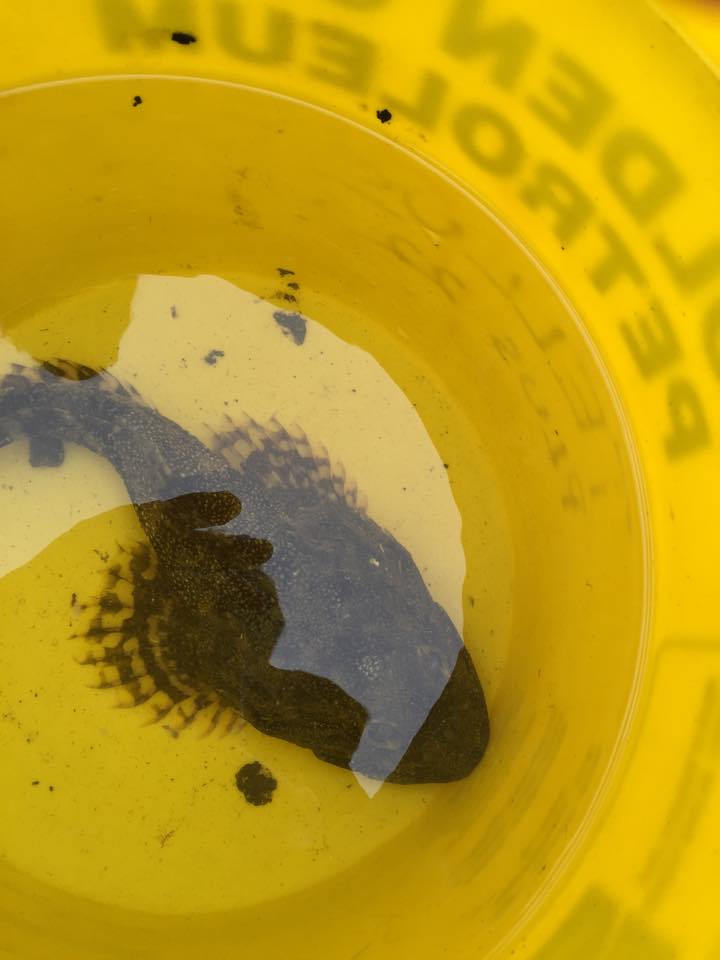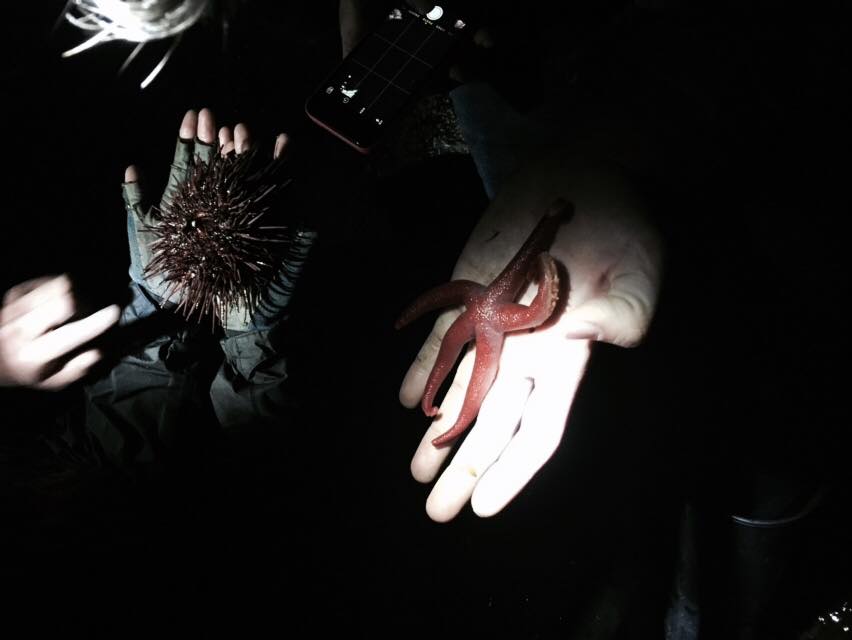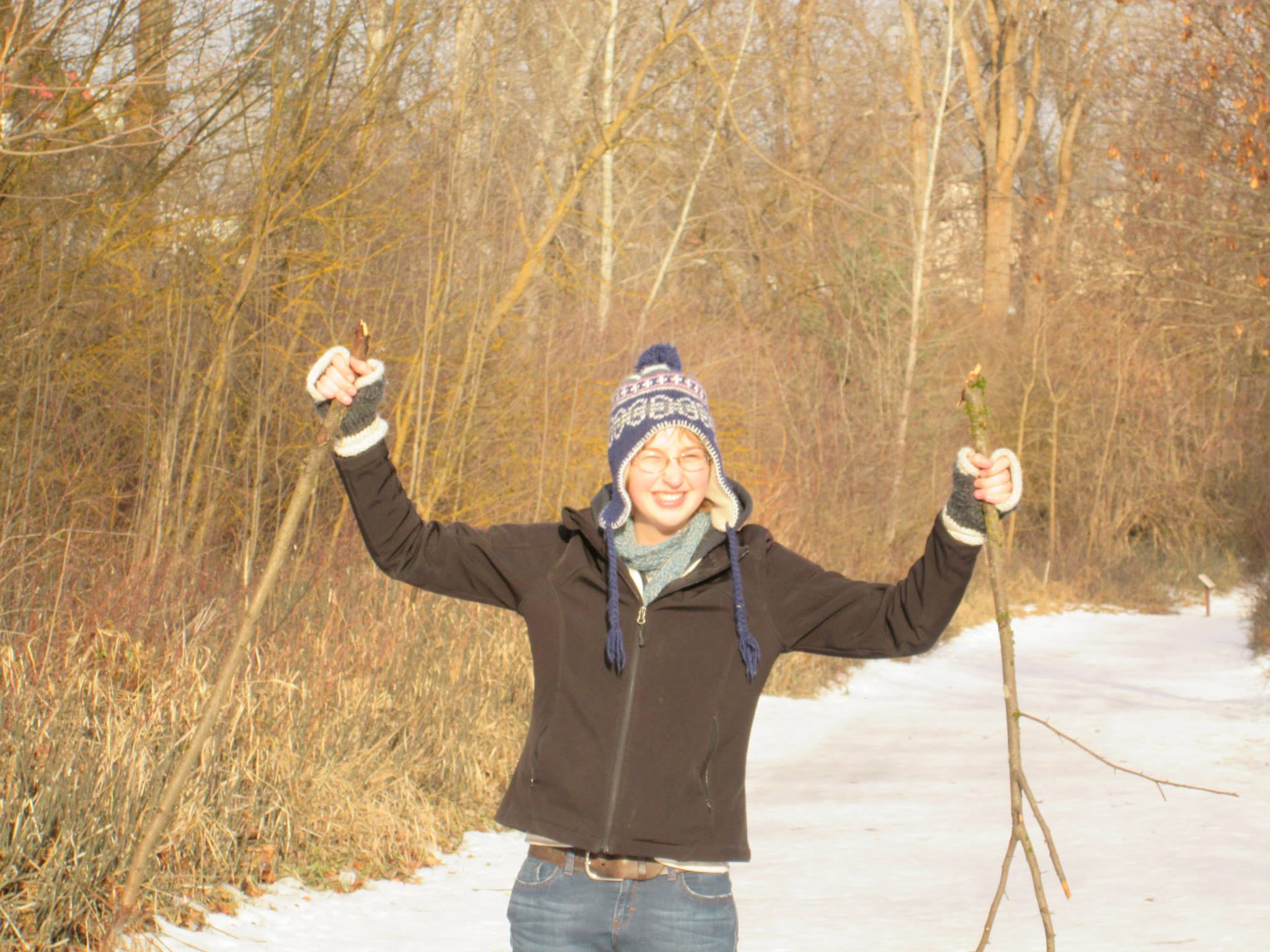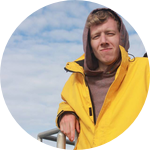About This Project
What conditions do marine life in tide pools cope with on a yearly basis and do the unique physical traits of the tide pool's region influence tide pool conditions or how marine life use these microhabitats? Additionally, we want to use the knowledge gained through this project as a launching point for a mobile app that could allow citizen scientists to log data about tide pools and identify species in the intertidal zone.Ask the Scientists
Join The DiscussionWhat is the context of this research?
We do know that tide pools can face some of the harshest conditions in the intertidal zone with low oxygen, high temperatures, and rapid salinity and pH changes. But to what scale, range, and regularity is much less clear. We don't really know what goes on in tide pools on a regular basis, either on a regional level or a broad scale. No one has ever done a regional tide pool assessment over a year long period, though these tide pools undoubtedly contribute to the diversity, adaptations, and abundance of life in the rocky intertidal. However the organisms dwelling in such compact, rapidly changing environments are themselves often well studied and surprisingly abundant.
What is the significance of this project?
Because tide pools are a home for such diversity and well studied organisms it makes it very important to understand tide pools as a physical environment and on a large scale rather than just on a local level. The research we carry out will provide foundational information for numerous other research projects and be a launching point for citizen science study of the intertidal. If a whole state's tide pool dynamics can be profiled consistently with multiple variables and a wide range of regional environments for such low cost then why not others? Additionally, by bringing in volunteers through crowd source apps to analyze data, we hope to foster an awareness of diversity and ecology of the rocky intertidal and to create a model for others to follow in similar projects.
What are the goals of the project?
Our goal is to distribute water quality meters to citizen scientists already living near tide pools to gain a year of observation of the tide pool site in their target area. We will use the observations made to distinguish clear patterns and publish results for the use of those studying the rocky intertidal. Additionally, we want to use images gathered by citizen scientists to assess the feasibility and methods by which we could develop an app for identifying such organisms for surveys of organisms and their abundance. Photos taken from this research and identified by citizen scientists will be used as training images for an identification program.
Budget
Citizen scientists need simple water quality meters to get basic abiotic measurements of the tide pools. Our budget accounts for maintenance of these meters. Purchasing water quality meters will be our main focus for the launch of our project. The app is a complementary project but ultimately not part of our primary budget. We will work on developing it without expenses and reevaluate that if we were to exceed our goal. Funds gained over our target would be split between additional probes and app development for smart phones. Finally 10% will be set aside as miscellaneous expenditures. This money would be used for maintenance or an extra study site.
Meet the Team
Team Bio
I am a full time undergraduate student, studying for a Aquatic and Fisheries Science major and a Marine Biology minor at the University of Washington. I've lived in the Puget Sound my whole life and have an avid enthusiasm and appreciation for our region. I enjoy kayaking, biking, hiking, camping, and sailing, particularly around Washington marine shores. Currently I am in Dr. Carolyn Friedman's lab And Dr. Sophie Clayton's lab. I am at Friday Harbor, WA now researching heat stress and ocean acidification effects on oysters for with Dr. Friedman's help. I am also researching how abiotic factors control the distribution of phytoplankton on the Kuroshio current frontal system with Dr. Clayton. I realized a fundamental gap in our understanding of intertidal ecology while studying oysters and decided a citizen science effort would be the best way to tackle the issue. I am most interested in improving my field by applying new technologies and innovative approaches.Additional Information
Us (The researchers) And tide pool sampling adventures.



Project Backers
- 6Backers
- 12%Funded
- $235Total Donations
- $39.17Average Donation

